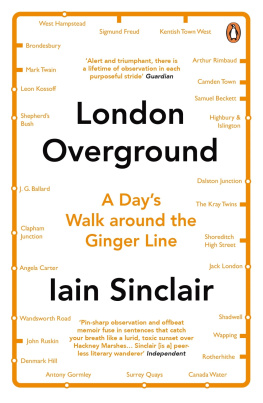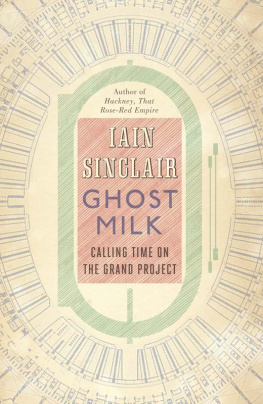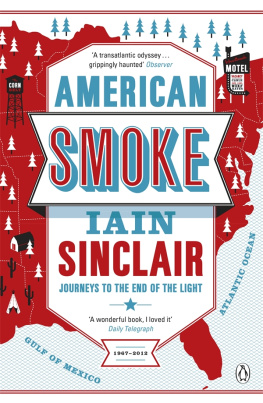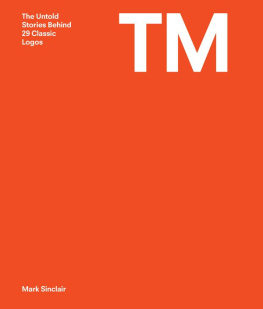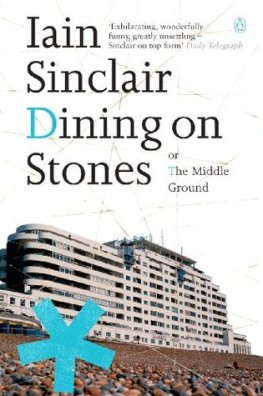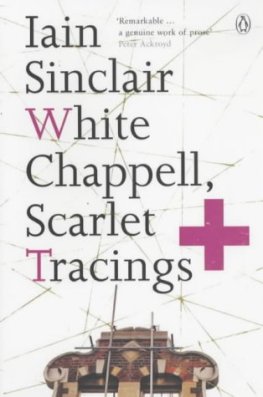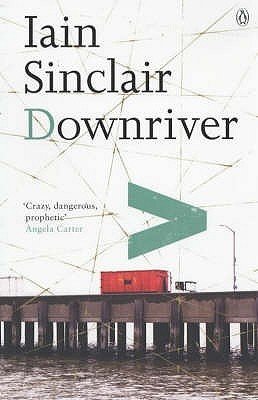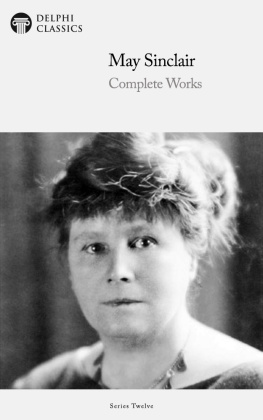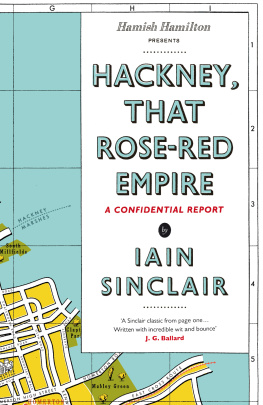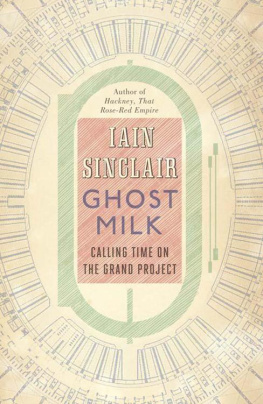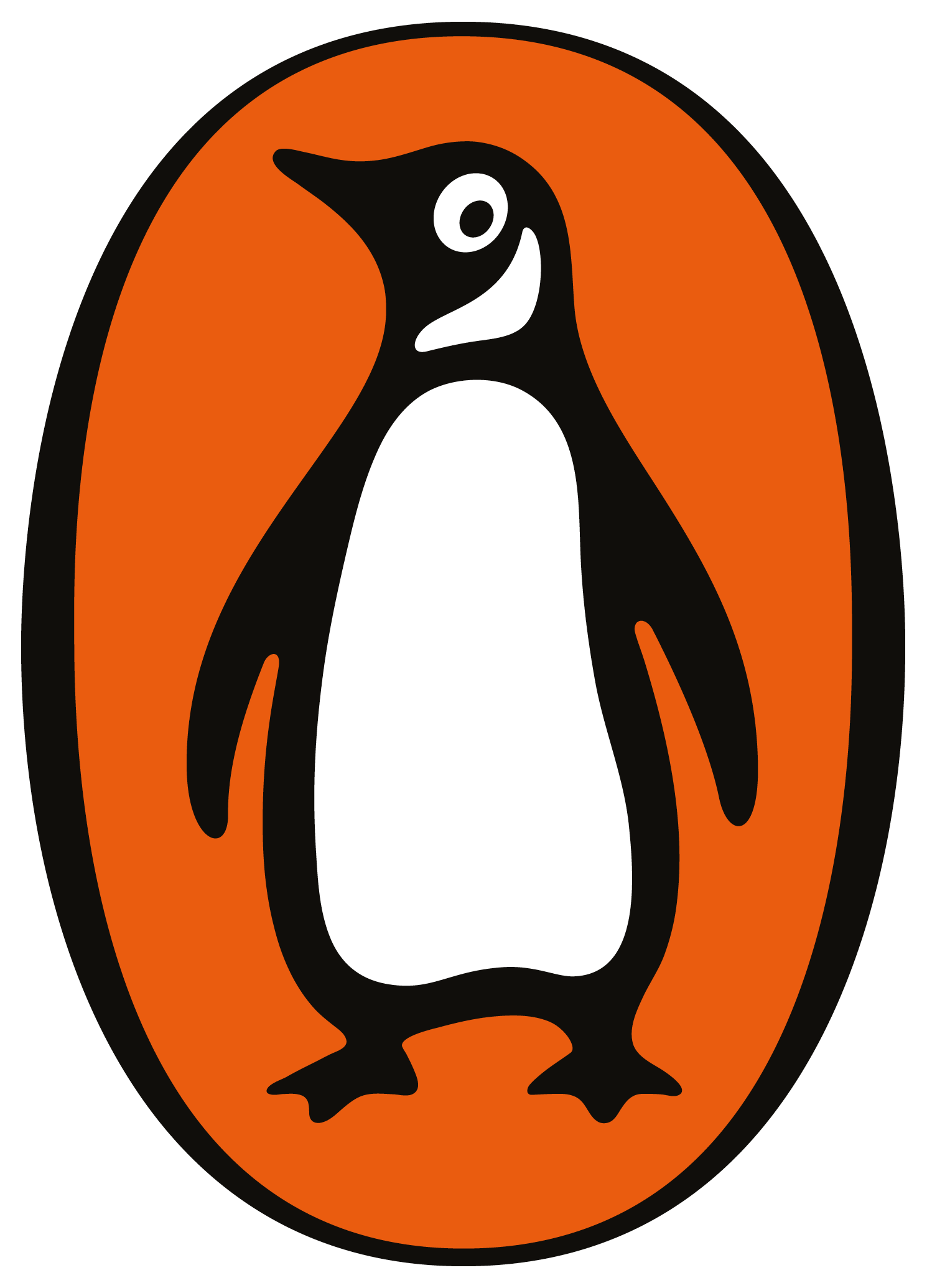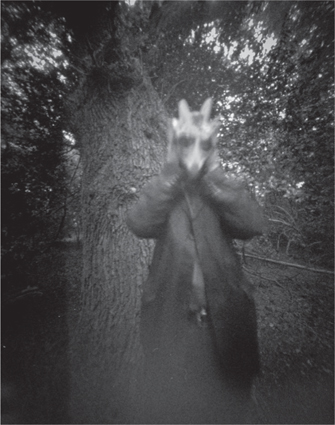Hamish Hamilton is part of the Penguin Random House group of companies whose addresses can be found at global.penguinrandomhouse.com.
Let the conversation begin...
By the same author
FICTION
White Chappell, Scarlet Tracings
Downriver
Radon Daughters
Slow Chocolate Autopsy
(with Dave McKean)
Landors Tower
White Goods
Dining on Stones
DOCUMENTARY
The Kodak Mantra Diaries
Lights Out for the Territory
Liquid City (with Marc Atkins)
Rodinskys Room
(with Rachel Lichtenstein)
Crash
(on Cronenberg/Ballard film)
London Orbital: A Walk around the M25
The Verbals
(interview with Kevin Jackson)
Edge of the Orison
London: City of Disappearance (editor)
Hackney, That Rose-Red Empire
70 x 70. Unlicensed Preaching: A Life Unpacked in 70 Films
Ghost Milk
Blakes London: The Topographic Sublime
Several Clouds Colliding
(with Brian Catling)
Austerlitz and After
Objects of Obscure Desire
Swimming to Heaven: The Lost Rivers of London
Silenic Drift (with Brian Catling)
POETRY
Back Garden Poems
Muscats Wrm
The Birth Rug
Lud Heat
Suicide Bridge
Flesh Eggs & Scalp Metal: Selected Poems
Jack Elams Other Eye
Penguin Modern Poems 10
The Ebbing of the Kraft
Conductors of Chaos (editor)
Saddling the Rabbit
The Firewall: Selected Poems
Buried at Sea
Postcards from the 7th Floor
Red Eye
For Paul & Susan. Gareth. Slim.
And Stanley (whoever and wherever he is).
Torchbearers at the dark frontier.
Railways do open up the territory, dont they? They give you space and they give you light and they give you movement.
Leon Kossoff
They embody a state
which our still encircled world
looks toward from the past
Edward Dorn
Goat Mask Replica
A puddle of exposed meat and blooded feathers. A first-light pigeon catastrophe at the crown of a frosted road. The small head was already gone and a pair of glistening crows, as if shaking themselves from an ink bath, disputed strips of pink flesh. This roadkill feast was still warm and gave off wisps of steam, as the large black birds tore and gouged.
The chain of causality ran back to a lonely woman who emerged from the flats, crossed to the park, invisible to post-code gangs who were still in bed, invisible to entitled cyclists and charitable joggers. From a black bag, she shook out a carpet of crusts stiff as linoleum samples. Every morning, at the same hour, the feral pigeon cloud descended like a minor plague.
I noticed, as I made my circuit, that she wasnt there. The crows, mob-handed, strutting and bouncing across the ground with a skunk-smoke swagger, were not bothered. They were glutted on the residue of boozy barbecues, the earth-scorching scars of the party people of new Hackney. The birds gorged, as on a battlefield, on everything chicken wings, sauce sachets, pizza rinds, saturated card packaging apart from the bent brown stubs of cigarettes, trodden into the dirt like a midwinter spring. And the grey torpedo tubes of pressurized gas known as whippets. The kind they use to fire up fancy lighters or put fizz into simulated cream. The small cylinders were the only evidence left of cackle and blah: the shrieks of weekend balloon babies, festival chasers. Grey bone fingers of a defeated robot army. And shreds of coloured rubber like the sad aftermath of joke condoms. Metallic traces of the carnival of laughing-gas sniffers defy the early-morning hygiene crews and the recycling police. Nitrous oxide hobbyists party for a twenty-second buzz. A dissociative anaesthetic snort against the nuisance of city life and the dull pull of the old world bringing them down with its responsibilities. Criminal mortgages. And the price of Anya Hindmarch handbags in Chatham Place.
But the balloon babies of London Fields are not to be denied. They are the present occupiers, supporting a trickledown substratum of Turkish minimarts, secular Muslims working impossible hours to supply wine, beer, vodka, firelighters, charcoal, barbecue trays, fresh fruit, table-tennis bats. The woozy cocktails sniffed from an inflated cartoon bubble also contribute, as an incidental by-product, to the paranoid miasma of greenhouse gases. The fear of the thing is as real as the thing itself. Euphoric hippy crack blends with a drench of pesticide perfume from the imported strip of wildflower meadow that has replaced the former red-top football pitch kicked to dust by no-limits communal collisions in the last century: unsponsored Sunday-morning games that ran, more or less, from the 1966 World Cup black-and-white TV triumph to semi-final exit in Italia 90.
Along with distressing the dignity of ancient, gnarled London plane trees by wrapping them in purple skirts that attempt to take credit for (and impose control over) what was now a de facto party zone, the council razzle-dazzled the red dirt with a drop-in, industrial carpet of showy wildflowers, sprayed with the pesticide glyphosate. This was a highly selective wildness, applicable only to approved flora, and merciless to bugs. The kill product is marketed by biotech giant Monsanto. Meadow strips such as this, laid out like those psychedelic bandages across the bleeding edge of the Olympic Park, look great in photographs. But they are meadows only in the sense that a sewage outfall pipe is now a Green Way. The designer Katharine Hamnett, waging T-shirt war (ACT LOCAL THINK GLOBAL), declared that glyphosate usage has proven links to infertility and birth defects. In planting a wildflower meadow, Hamnett said, they have planted a deathtrap. Sitting on the grass, eating with your hands near an area that has been sprayed with herbicide is the shortest route to ingesting it, bar drinking it straight from the bottle. Kim Wright, corporate director of health and community services for Hackney, a woman charged with improving the quality of life for all, pronounced: This product has been declared safe and environmentally friendly by government and is used by councils everywhere across the country for weed control.

